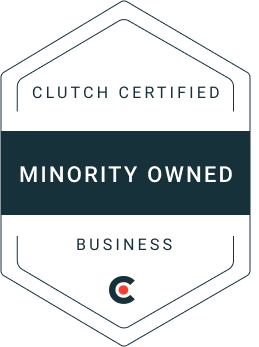Relevancy Score is all about Indexation and then proving to Amazon that you can drive sales on that keyword.
Let’s do an example: You have a product selling on Amazon and want to increase sales. You have done keyword research and have put keywords in the correct places on a product page.
In this example, your Preworkout Product page looks something like this:
Top Keywords to rank On: Pre Workout, Pre-Workout, and PreWorkout Powder
Product Title: BRAND NAME Pre Workout with Creatine, Beta Alanine, TeaCrine and Caffeine for Sustained Energy, Focus Pumps – Pre-Workout Energy Drink Men Women (FLAVOR, SIZE)
You specifically put “pre workout” in the title as you know that you’re relevant on the product and need to rank on the term.
Now, you start your Amazon Advertising buildout with Sponsored Products:
You have not advertised this product in the last 3 years. You know you need to rank on this term, so you create a campaign and see that a SP exact match bid for “pre workout” is over $10 and realize how expensive it is. So, you find that “pre workout powder for women” only costs $2. The volume may be 1% of the root keyword, but you set a $2 bid with a 50% top-of-search modifier.
The average product price is $25, but you’re an excellent product with 2,500 reviews at a 4.5/5 who sells at $30. Your FBA fee is $4.5. Your 15% Amazon Referral fee is $4.5.
Over a month on this term’s exact match campaign, You receive 1,000,000 impressions with 1,500 clicks, ending in 300 paid orders. It costs you $3,000 to do so. You drove $9,000 in revenue. Amazon made $3,000 off of the ads, $1350 in fulfillment, $1350 in referral fees.
You feel great about your CPC, ROAS, and profitability. 1.5% Click-through Rate. 20% Conversion Rate. Excellent numbers.
How does Amazon feel about the product? Have you achieved a higher relevancy score?
It depends on your competition. It’s a battle of who is higher on the ladder. Who made Amazon the most money the last 30D? 365D? Who has the highest click-through rate on the term’s search result? Who has the highest conversion rate on the term?
If competitor A comes in a $50 price point with the exact same Click-through rate and Conversion rate on the term, they will win because they made Amazon more money that month. More gross revenue and more Amazon net on their product = a win.
Now if competitor B comes in a $15 price point with the exact same Click-through rate and Conversion rate on the term, YOU will win because YOU made Amazon more money that month.
Each day, week, month, and year, you need to keep tabs on your competitors to make sure you make Amazon more money to increase relevancy score of your products. If you have the highest click-through rate and conversion rate than all competitors, you’re going to win organic slot 1 (massive market share) AND get the lowest cost-per-click because you’ve made Amazon the most money on that term.
If you are wanting to rank on a root keyword, go after the phrases it is contained in. The same is true about the other way around.
How do you check your progress?
Amazon’s Brand Analytics Search Query Performance shows you everything you need organically to understand which products won the organic game in a given time period.
- You can look by brand
- Term
- Volume (Search Query Volume)
- Impressions – Your share vs the total
- Clicks – Your share vs the total
- Add-to-Carts – Your share vs the total
- Orders – Your share vs the total
- You can look by ASIN (parent asin view coming soon)
- Term
- Volume (Search Query Volume)
- Impressions – Your share vs the total
- Clicks – Your share vs the total
- Add-to-Carts – Your share vs the total
- Orders – Your share vs the total
- And then by ASIN by Term
- That term’s top 10 market share leaders, their Impressions, impression share, clicks, and click-share.
Helium10’s Cerebro is a 3P tool that can help you see how you’re showing up on search across multiple browser types.
Each week, month, and quarter, review these two tools to see how you’re doing versus your competitors. If you find yourself struggling to get your statistics up, A/B your product page and price, increase bids, and try some off-amazon strategies to succeed.
This is a battle fought parent asin by parent asin on every single term. If you are diligent, you can rank highly on thousands of terms per product.
If you want an Amazon agency to help you do this for your products, let’s chat.


